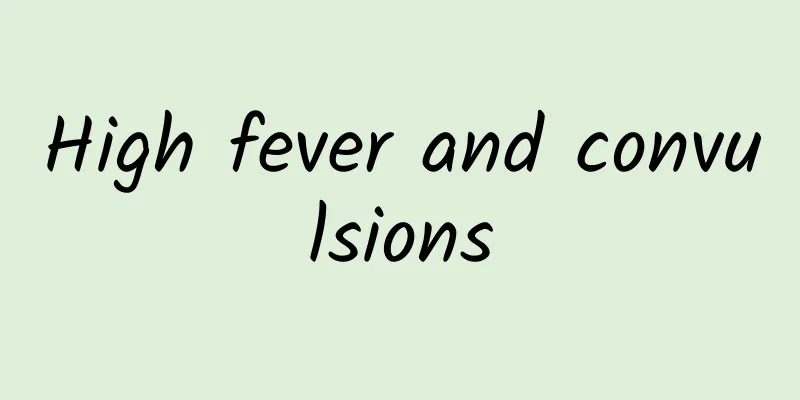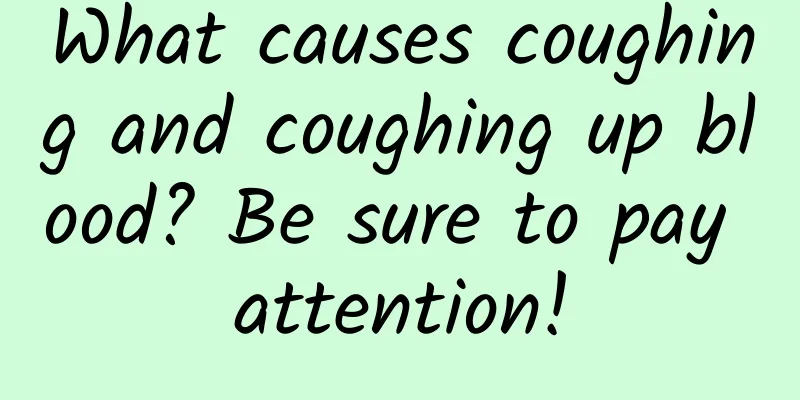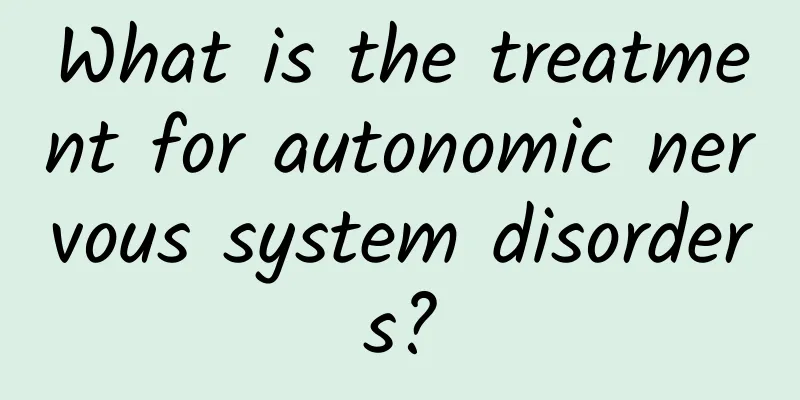High fever and convulsions

|
Cold and fever are very common phenomena. Everyone will experience this in their life. It’s just that some people get better quickly while others need to take medicine or get injections to get better. This has a lot to do with a person’s physical fitness. However, for children, parents must pay attention to changes in their children's fever. If the temperature is too high, they must reduce the fever in time to avoid symptoms of high fever and convulsions, which will cause great harm to the children. Causes of fever and convulsions in children Children's fever and convulsions are medically called febrile seizures. This is mainly due to the imperfect development of the nervous system of infants and young children, such as poor inhibitory function of the cerebral cortex and incomplete formation of the nerve myelin sheath. Once stimulated by external stimuli, the excitement can easily spread and cause convulsions. Generally speaking, infants and young children between 6 months and 4 years old, especially those who often catch colds and fevers, are more likely to suffer from febrile convulsions. Convulsions usually occur when the baby has a high fever, such as a body temperature of 39℃-40℃, and last for a relatively short time, about 2-3 minutes, and generally do not exceed 10 minutes. After the convulsion stopped, the child woke up. Clinically, children's fever convulsions (febrile seizures) are divided into simple febrile seizures and complex febrile seizures. 1. Simple febrile convulsion. It is more common in children with good physique between 6 months and 3 years old. The convulsion is systemic and lasts for several seconds to several minutes, usually not more than 10 minutes. It only occurs once a day. The child wakes up quickly after the convulsion and becomes drowsy after regaining consciousness, but there is no abnormality in the nervous system. The EEG results within two weeks of the convulsion are normal. 2. Complex febrile seizures. It is more common in children under six months old or over 4 years old. They have multiple seizures in a day, lasting more than 15 minutes, and have more than 4 high fever convulsions. A few people have non-systemic seizures, but partial seizures (such as unilateral limb convulsions). After the attack, there are neurological abnormalities such as temporary paralysis. Prevention of fever and convulsions in children To prevent children from having fever and convulsions, we must first improve the baby's immunity. This can be done by strengthening nutrition and engaging in regular outdoor activities to strengthen the baby's physical fitness and improve resistance. If necessary, use some drugs to enhance immunity under the guidance of a doctor. Secondly, we should prevent colds. When the weather changes, you should add or remove clothes in time to avoid catching cold; try not to go to public places or places with a large number of mobile population, such as supermarkets, stations, cinemas, etc., to avoid catching a cold; if an adult in the family has a cold, they should wear a mask and have as little contact with the baby as possible; open windows for ventilation at irregular intervals every day to keep the air circulating in the home. Parents should also detect their child’s fever as early as possible. Babies have fever frequently during infancy, so parents should pay more attention, especially to the night care of babies with fever, because most of the time, the baby's body temperature rises suddenly at night. If the baby has a high fever, parents should actively help him or her reduce the fever. There are two ways to reduce fever: one is physical cooling; the other is drug cooling. Physical cooling includes: 1. Warm water bath: The water temperature should be slightly higher than body temperature. Mainly use it to wash the palms, soles, armpits, popliteal fossa, groin, etc. of the child. However, the time should be short to prevent cold again and aggravate the condition. 2. Warm water bath: The water temperature should be about 3-4℃ lower than the child's body temperature, and each bath should last for 5-10 minutes. Many parents believe that children should not be bathed when they have a fever. In fact, on the contrary, giving the baby a warm bath can help cool the baby down. A warm bath is suitable for all babies with a fever. If you use medication to reduce fever, be sure to use it under the guidance of a professional doctor. |
<<: How to choose between white beeswax and chicken-fat yellow beeswax?
>>: Difference between convulsion and seizure
Recommend
What should I do if I have a long-term and recurring cough? Diet therapy to help!
When recurrent coughing occurs, the first thing t...
Are there any side effects of acupuncture for the cervical spine?
Nowadays, people don’t like to exercise and sit f...
How to treat white spots on the head
Vitiligo is a very serious skin disease. White sp...
What are the sequelae of femoral head fracture
The femoral heads are set as two bones in the upp...
How long does it take to recover after pneumothorax surgery?
The best way to treat pneumothorax is surgery. Af...
What are the correct ways to apply a Band-Aid?
In daily life, we are bound to get injured slight...
What to do if your feet are always peeling
Many people will find that their feet are always ...
Causes of swollen big toe
I believe that everyone usually doesn’t care much...
What causes back of head pain?
The head is the control center of the human body,...
What are the symptoms of seborrheic dermatitis and how to treat it?
Seborrheic dermatitis is a common chronic relapsi...
What medicine is good for mild hypertension?
Mild hypertension means that the symptoms of hype...
The correct way to wash your face with white vinegar, so that it will not hurt your face
It is said that washing your face with white vine...
Red pimples on face
It is very common to have acne on the face, espec...
Is Binghuang ointment useful for treating acne?
Binghuang ointment has a certain effect in treati...
The efficacy and contraindications of drinking Danshen soaked in water
To put it simply, purple salvia miltiorrhiza is f...









